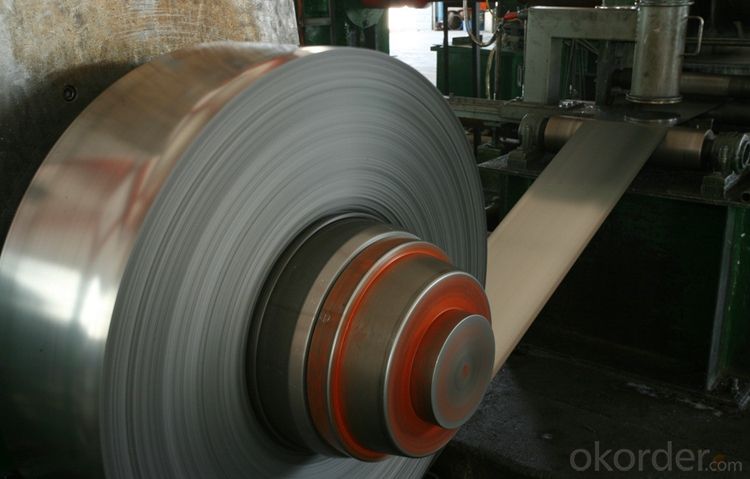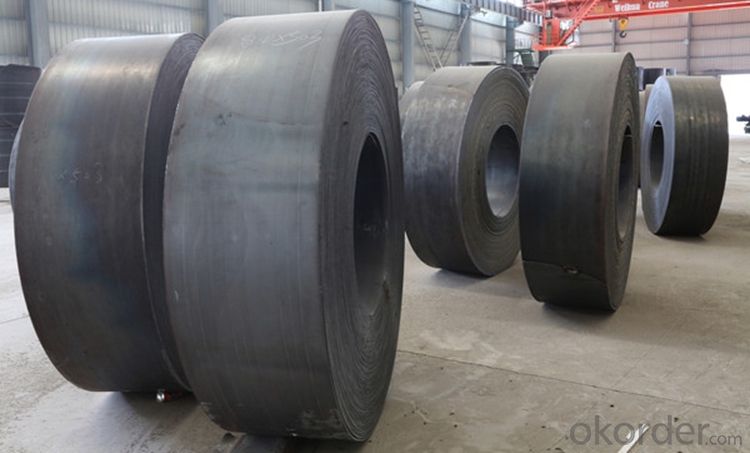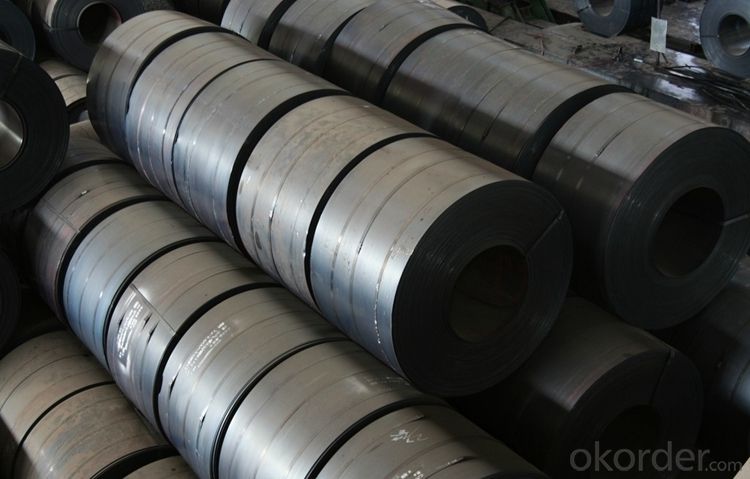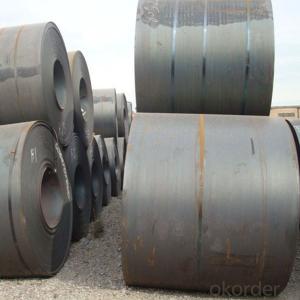Hot Rolled Steel Sheets from China with Good Quality SS400
- Loading Port:
- China main port
- Payment Terms:
- TT OR LC
- Min Order Qty:
- 28 m.t.
- Supply Capability:
- 10000000 m.t./month
OKorder Service Pledge
OKorder Financial Service
You Might Also Like
Item specifice
DESCRIPTION FOR SS400 CARBON STEEL SHEET
1.Thickness: 1-200mm
2.Width: 100-3000mm
3.Length: 1000-12000mm
4. Applications :mining machinery, environmental protection, engineering
5. Grade:SS400 A 36 Q195.Q235.Q345.SPCC.SPCH
6.Surface : Hot Rolled Cold Rolled Galvanized Steel
TRADE TERMS :FOB, CFR, CIF
PAYMENT&DELIVERY FOR STEEL COILS/SHEETS
Payment Terms | 100% LC at sight,or 30%TT in advance, balance against B/L copy |
Delivery Time | With 30-40 days after deposit |
Price Terms | Ex-Work, FOB, CNF, CFR, CIF,etc |
PICTURES:



EXPORT MARKET FOR STEEL COILS/SHEETS
Our target market is the international market. Every year we export most of products to countries like India, Pakistan, South Korea, Brazil, Australia, South Africa, Spain, Sri Lanka, Taiwan, Hong Kong, etc.
FEATURES OFSTEEL COILS
(1)Good ductility
(2)Good corrosion resistance
(3)Excellent abrasion resistance and fatigue strength
(4)Good weldability
(5)Oxidation resistant performance
(6)Excellent in high temperature
OUR SERVICE
1.High quanlity and reasonable price.
2.Customized on-demand.
3.Reasonable shipping and fast delivery.
4.Free sample.
FAQ
Q:How about the trade terms?
A:EXW,FOB,CFR,CIF will be accepted.
Q:How about your payment terms?
A:30%TT in advance and the balance against of copy of B/L.The irrevocable L/C at sight will be accepted.
- Q:How are steel coils used in the production of steel washers?
- Steel coils are used in the production of steel washers by being uncoiled and fed into a stamping machine. The machine then cuts and shapes the steel into individual washer blanks. These blanks are then further processed and finished to create the final steel washers.
- Q:What are the different steel coil finishes available?
- There are several different steel coil finishes available, including hot rolled, cold rolled, galvanized, and stainless steel finishes.
- Q:What are the different coil cutting methods used for steel coils?
- There are several coil cutting methods commonly used for steel coils, each with its own advantages and applications. These methods include shearing, slitting, and laser cutting. 1. Shearing: Shearing is a widely used method for cutting steel coils. It involves applying a high force to a set of blades, which cuts through the coil in a straight line. Shearing is ideal for cutting thick steel coils into smaller, more manageable sizes. It is a cost-effective method that can be used for high-volume production. 2. Slitting: Slitting is a process that involves cutting a wide coil into several narrower strips. This method is commonly used for steel coils that need to be transformed into various widths, such as those used in the manufacturing of automotive components, construction materials, and electrical appliances. Slitting machines use a set of circular knives to make precise cuts, ensuring minimal material loss and high accuracy. 3. Laser cutting: Laser cutting is a more advanced method that uses a high-powered laser beam to cut through steel coils. This process offers exceptional precision, allowing for intricate designs and complex shapes to be cut with ease. Laser cutting is suitable for thin to medium thickness steel coils and is often used in industries that require high-quality cuts, such as automotive, aerospace, and electronics. Each of these coil cutting methods has its own advantages and is chosen based on the specific requirements of the steel coils being processed. Factors such as coil thickness, desired accuracy, production volume, and the complexity of the cuts needed are all taken into account when determining the most appropriate cutting method.
- Q:How are steel coils used in the manufacturing of agricultural irrigation systems?
- Steel coils are used in the manufacturing of agricultural irrigation systems as they are shaped and formed into various components such as pipes, tubes, and fittings. These coils provide strength, durability, and corrosion resistance, ensuring the longevity and reliability of the irrigation system.
- Q:How are steel coils protected during shipping?
- Steel coils are protected during shipping through a variety of measures to ensure their safety and prevent damage. One common method is the use of steel coil cradles or saddles. These are specially designed structures that hold the coils securely in place and prevent them from shifting or rolling during transit. The cradles are typically made of sturdy steel or other durable materials and are specifically engineered to withstand the weight and pressure of the coils. In addition to the cradles, steel coils are often wrapped in protective materials such as plastic or paper. This wrapping acts as a barrier, shielding the coils from moisture, dust, and other potential contaminants that could affect their quality. The wrapping is typically applied tightly to the coils, ensuring that it stays in place throughout the shipping process. To further safeguard the coils, they are often loaded into shipping containers or onto flatbed trucks using specialized equipment. This equipment, such as coil hooks or lifting clamps, allows for safe and secure handling of the coils, minimizing the risk of accidents or damage during loading and unloading. In some cases, steel coils may also be packed into wooden or metal crates for added protection. These crates provide an extra layer of security and help to prevent any potential impacts or rough handling from causing damage to the coils. Overall, the protection of steel coils during shipping is of utmost importance to ensure that they arrive at their destination in optimal condition. By utilizing cradles, protective wrapping, specialized equipment, and additional packaging when necessary, the risk of damage is significantly reduced, allowing for a smooth and successful transportation process.
- Q:What are the different types of steel coil surface treatments for durability?
- There are several different types of steel coil surface treatments that can enhance the durability of the material. 1. Hot-dip galvanizing: This process involves immersing the steel coil in a bath of molten zinc, creating a protective zinc coating on the surface. Hot-dip galvanizing provides excellent corrosion resistance and can extend the lifespan of the steel coil. 2. Electro-galvanizing: In this method, a thin layer of zinc is electrodeposited onto the surface of the steel coil. Electro-galvanizing offers good corrosion resistance and is commonly used for indoor applications or where a thinner coating is desired. 3. Powder coating: Powder coating involves applying a dry powder paint to the surface of the steel coil and then curing it under heat. This creates a durable, uniform, and attractive finish that is resistant to chipping, scratching, and fading. 4. Organic coatings: Organic coatings, such as acrylics, polyesters, or fluoropolymers, are often applied to steel coils to provide protection against corrosion, UV rays, and other environmental factors. These coatings can enhance the durability and aesthetics of the steel coil. 5. Chromate conversion coating: This treatment involves applying a thin layer of chromate onto the surface of the steel coil. Chromate conversion coatings provide corrosion resistance and can improve the adhesion of subsequent paint or powder coating layers. Each of these surface treatments offers unique benefits in terms of corrosion resistance, durability, and appearance. The choice of treatment depends on the specific application requirements and the level of protection needed for the steel coil.
- Q:What are the common applications of steel coils?
- Steel coils have a wide range of applications across various industries, including automotive, construction, manufacturing, and appliance sectors. They are commonly used in the production of automobiles, machinery, and infrastructure components like bridges and buildings. Additionally, steel coils are utilized in the manufacturing of household appliances, such as refrigerators and washing machines. Their versatility, strength, and durability make steel coils a crucial material for many industrial applications.
- Q:How are steel coils processed for different levels of hardness?
- Steel coils can be processed for different levels of hardness through a combination of heat treatment and mechanical processes. To increase the hardness, the coils undergo a process called quenching and tempering. This involves heating the steel to a specific temperature, followed by rapid cooling (quenching) to create a hardened structure. Subsequently, the coils are reheated to a lower temperature and held there for a specific duration (tempering) to achieve the desired level of hardness. Other mechanical processes, such as cold rolling or cold drawing, can also be employed to further enhance the hardness of the steel coils.
- Q:What are the different methods of edge wave correction for steel coils?
- There are several methods of edge wave correction for steel coils. One common method is using edge trimmers, which cut off the uneven edges of the coil to create a straighter edge. Another method is through tension leveling, where the coil is stretched to remove the wave-like deformities. Additionally, some manufacturers use roller leveling, where the coil passes through a series of rollers that press and flatten the edges. Lastly, laser technology can be employed to accurately measure and correct any edge wave deformities.
- Q:Can steel coils be customized according to specific requirements?
- Yes, steel coils can be customized according to specific requirements. Manufacturers can alter the dimensions, thickness, width, and other specifications of steel coils to meet the specific needs of customers.
1. Manufacturer Overview |
|
|---|---|
| Location | |
| Year Established | |
| Annual Output Value | |
| Main Markets | |
| Company Certifications | |
2. Manufacturer Certificates |
|
|---|---|
| a) Certification Name | |
| Range | |
| Reference | |
| Validity Period | |
3. Manufacturer Capability |
|
|---|---|
| a)Trade Capacity | |
| Nearest Port | |
| Export Percentage | |
| No.of Employees in Trade Department | |
| Language Spoken: | |
| b)Factory Information | |
| Factory Size: | |
| No. of Production Lines | |
| Contract Manufacturing | |
| Product Price Range | |
Send your message to us
Hot Rolled Steel Sheets from China with Good Quality SS400
- Loading Port:
- China main port
- Payment Terms:
- TT OR LC
- Min Order Qty:
- 28 m.t.
- Supply Capability:
- 10000000 m.t./month
OKorder Service Pledge
OKorder Financial Service
Similar products
New products
Hot products
Related keywords
































